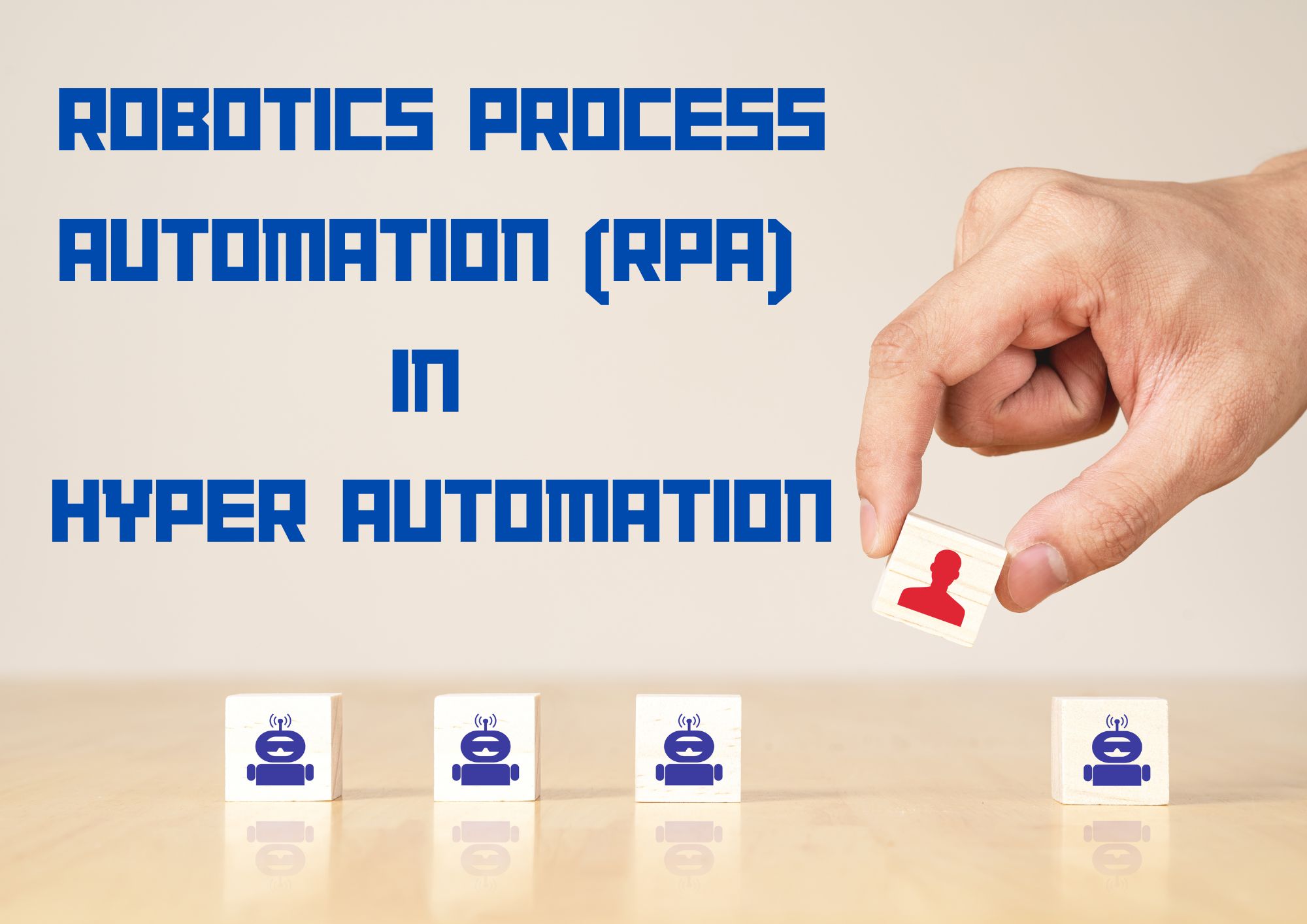Hyper automation has become a buzzword in the world of technology, promising to revolutionize business processes and unlock unprecedented levels of efficiency and scalability.
At the core of this innovation lies robotics process automation (RPA), a powerful tool that enables organizations to automate repetitive tasks, streamline workflows, and reduce human error.
In this article, we will explore the role of RPA in hyper automation, examining its benefits, challenges, real-world examples, and its potential for future growth.
Hyper Automation and RPA: A Perfect Match
Hyper automation is the end-to-end automation of business processes, integrating multiple automation technologies and tools to create a comprehensive and highly efficient system.
RPA plays a vital role in hyper automation, as it allows organizations to automate rule-based tasks that typically require human intervention.
By combining RPA with other advanced technologies such as artificial intelligence (AI), machine learning, and process mining, businesses can achieve a higher level of automation that drives efficiency, scalability, and growth.
Benefits of RPA in Hyper Automation
The implementation of RPA in hyper automation provides several key benefits, including:
Enhanced Efficiency
RPA can handle repetitive tasks at a much faster pace than humans, reducing processing times and boosting overall efficiency.
Improved Accuracy
By eliminating the risk of human error, RPA ensures that tasks are executed with precision and accuracy.
Increased Scalability
RPA allows organizations to easily scale their automation efforts, accommodating fluctuations in workload without the need for additional human resources.
Cost Reduction
By automating tasks, RPA reduces the need for manual labor, leading to significant cost savings in the long run.
Example: A leading insurance company implemented RPA in their claims processing, reducing processing time by 50% and achieving a 60% reduction in operational costs.
RPA Implementation Challenges
Despite its benefits, implementing RPA in hyper automation can also present some challenges, such as:
Integration with Legacy Systems
Many organizations still rely on outdated systems, which can make RPA integration difficult and time-consuming.
Change Management
The adoption of RPA requires a shift in organizational culture and mindset, as well as the retraining of employees to work alongside automated systems.
Security Concerns
The increased reliance on automation can create new security risks, requiring organizations to implement robust security measures to protect sensitive data and systems.
Real-World RPA Examples in Hyper Automation
Banking
RPA has been widely adopted in the banking sector, automating tasks such as data entry, account opening, and fraud detection.
Healthcare
In the healthcare industry, RPA is used to streamline administrative tasks, such as patient scheduling, billing, and claims processing.
Retail
Retailers have embraced RPA to optimize inventory management, automate customer service interactions, and manage supply chain operations.
The Future of Hyper Automation
As RPA and other automation technologies continue to evolve, we can expect to see the scope of hyper automation expand even further.
The integration of RPA with advanced AI and machine learning capabilities will enable more complex and intelligent automation, allowing businesses to tackle a broader range of tasks and processes.
This will lead to increased productivity, reduced operational costs, and enhanced decision-making capabilities.
Moreover, the growing adoption of Internet of Things (IoT) devices and edge computing will create new opportunities for hyper automation, as real-time data collection and processing become more accessible and efficient.
This will enable organizations to make better-informed decisions, optimize their operations, and stay ahead of the competition.
In conclusion, robotics process automation (RPA) is a key component of hyper automation, providing the foundation for a more efficient, scalable, and cost-effective business landscape.
By embracing RPA and other advanced automation technologies, organizations can unlock their full potential and drive sustainable growth in an increasingly competitive market.
Example: By integrating RPA in hyper automation, businesses can finally say goodbye to time-consuming, mundane tasks and focus on strategic initiatives that propel them towards success.
Thank you for reading our blog, we hope you found the information provided helpful and informative. We invite you to follow and share this blog with your colleagues and friends if you found it useful.
Share your thoughts and ideas in the comments below. To get in touch with us, please send an email to dataspaceconsulting@gmail.com or contactus@dataspacein.com.
You can also visit our website – DataspaceAI


